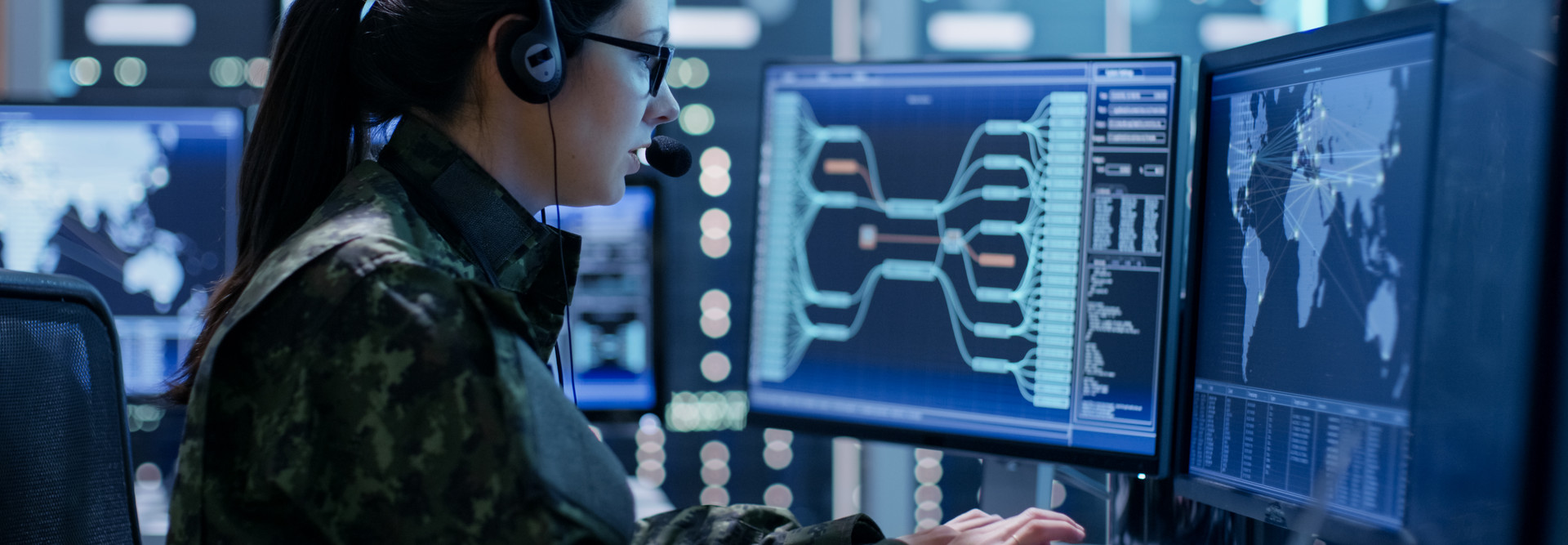The Next Phase of the Army’s Network Unification
The first phase of the network unification plan is scheduled to run between now and 2024.
A key task will be establishing a standards-based security architecture built on zero-trust principles, according to the plan, with an initial primary focus on the SIPRNet, used for transmitting classified and top-secret communications, followed by critical capabilities on the nonclassified network, or NIPRNet, including pay, logistics and contracting.
The plan also calls for the Army to start putting in place a “holistic approach to evolve the Unified Network over time that synchronizes multiple efforts and leverages emerging technologies such as software-defined and 5G and beyond wireless networks that also align to zero-trust principles.”
Additionally, the plan calls for the greater use of wireless network technology and the creation of a common data standards to enable emerging capabilities such as artificial intelligence and machine learning. The next step in the process is the implementation of this first phase.
“We’re going to assign the critical tasks that we need to accomplish the next 18-24 months,” Morrison said in October, Defense News reports. “Assign milestones and then, most importantly, assign responsible parties both in a supported and supporting relationship so that as an Army, we move on this common azimuth and deliver the unified network that will allow decision dominance, that will allow data to get to the point of need, that will allow the delivery of strategic, operational and tactical effects at the time and place of our commander’s choosing.”
The strategy envisions the creation of common services, such as a common data fabric and global transport layer.
“Unified Network is not ‘a thing,’ it’s not a new program of record ... it’s a new operations framework,” Morrison said in October, according to FedScoop.
A key goal is to test new technologies and get them into the hands of soldiers and other personnel in the field so that they can test them and provide feedback, FedScoop reports. “The mindset is we are going to build from the edge back,” Morrison said.
RELATED: How will the government modernize its top-secret intranet?











